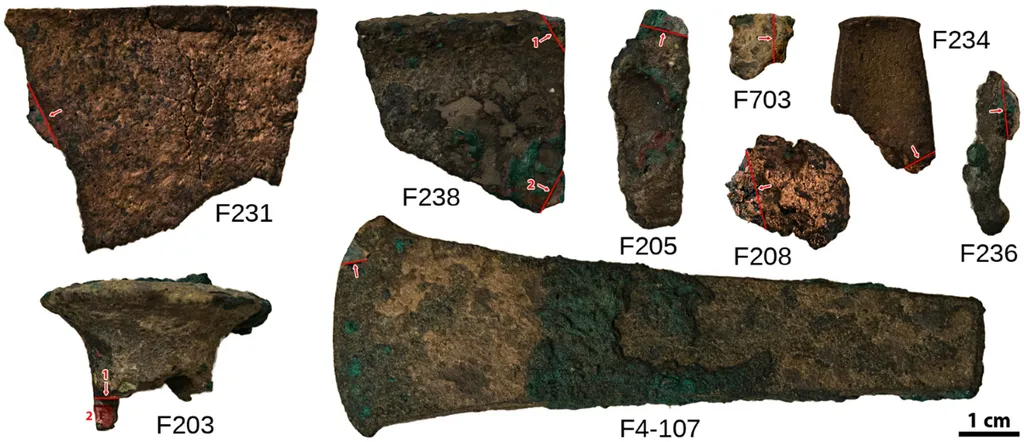In the quest to optimize copper-nickel ore processing, a groundbreaking study led by A. A. Lavrinenko from the Research Institute of Comprehensive Exploitation of Mineral Resources of the Russian Academy of Sciences in Moscow has unveiled promising results that could significantly impact the energy sector. Published in the journal ‘Горные науки и технологии’, which translates to ‘Mining Sciences and Technologies’, the research focuses on the application of polystyrene sulfonates (PSS) for depressing magnesium-containing silicates in copper-nickel ore flotation.
The study addresses a critical challenge in the mining industry: reducing magnesium content in copper-nickel concentrates to lower energy consumption during pyrometallurgical processing. Traditional methods have relied heavily on lignosulfonates, but Lavrinenko’s team explored the potential of polystyrene sulfonates, a less-studied polymer reagent.
“Our research aimed to compare the effectiveness of PSS with polysaccharides, which are currently used industrially, and to determine the optimal conditions for using PSS to minimize magnesium content without compromising copper and nickel recovery,” Lavrinenko explained.
The laboratory experiments conducted on copper-nickel ores from the Kola Peninsula, which contain significant amounts of magnesium, revealed that PSS, when used in conjunction with magnesium chloride, reduced the magnesium content in the concentrate to 14.7%, compared to 16.7% without any depressants. This is a substantial improvement that could lead to more efficient and cost-effective processing.
One of the most notable findings was that PSS not only reduced magnesium content but also enhanced the recovery of copper and nickel. “PSS provided a higher recovery of copper by 7% and nickel by 8% into the concentrate compared to polyanionic cellulose (PAC-N). This is because PSS does not form chelate complexes with these metals, unlike polysaccharides,” Lavrinenko noted.
The research also discovered that the molecular weight of PSS within the range of 89,000 to 208,000 g/mol had minimal impact on the flotation performance, suggesting that the effectiveness of PSS is more influenced by other factors.
The implications of this research are far-reaching for the mining and energy sectors. By improving the efficiency of copper-nickel ore processing, the study paves the way for reduced energy consumption and lower operational costs. This could be particularly beneficial for regions with high magnesium content in their ores, offering a more sustainable and economical approach to mineral extraction.
As the mining industry continues to seek innovative solutions to enhance productivity and sustainability, Lavrinenko’s findings provide a compelling case for the adoption of polystyrene sulfonates in flotation processes. The study not only advances our scientific understanding but also offers practical insights that could shape future developments in the field.
In an era where energy efficiency and resource optimization are paramount, this research stands as a testament to the power of scientific inquiry in driving industrial progress. As Lavrinenko and his team continue to explore the potential of PSS, the mining and energy sectors can look forward to more efficient and sustainable practices, ultimately benefiting both the industry and the environment.

